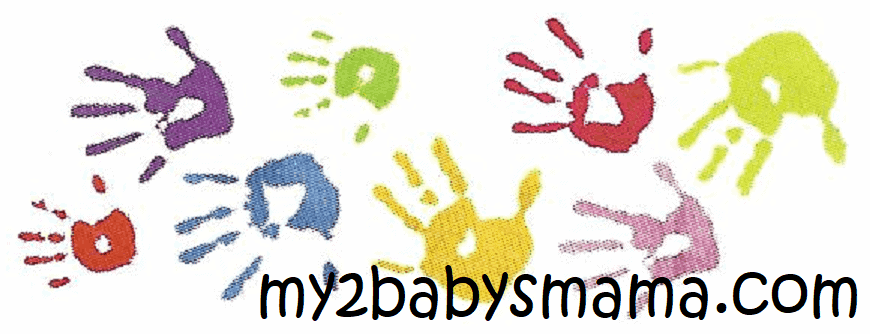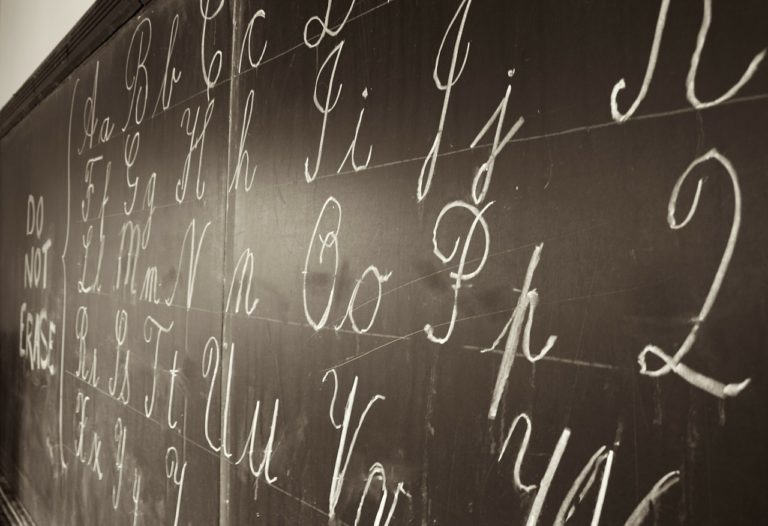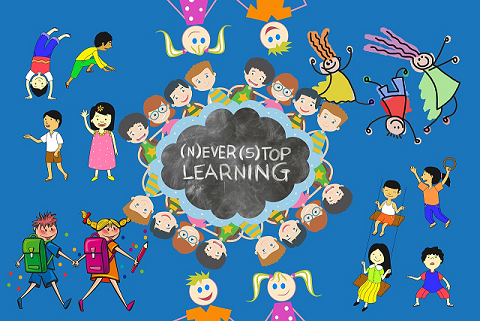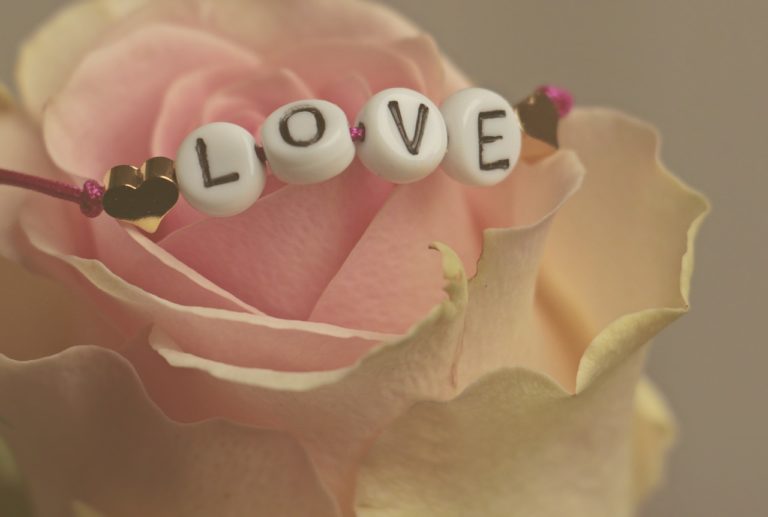If You Don’t Learn History…
“I hate history.” My son told me this while we were walking through a historic village. In school, to learn history is often reduced to names and dates, and I was afraid that that was all my son would see, too. However, history, in its very essence, is stories. Stories of people who have come before us. I love to learn history. If I had one superpower, it would be the “eyes of history”. To stand at any place and see what happened in that spot at any time would be a dream come true. I would love to stand on my own land and watch Laura Ingalls and her family drive by on their wagon.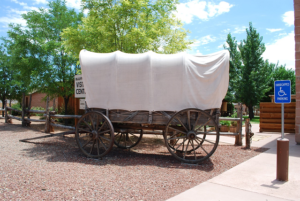 We make a connection to those who come before us when we learn their stories.
We make a connection to those who come before us when we learn their stories.
Firemaking with Flint and Steel
Today my children and I got to see a little bit of our history come to life. We attended a living history fair. We started out the day by learning how to make fire using flint and steel. It’s a lot harder than it looks! You put a little piece of cotton on the flint. Then you strike the flint with the 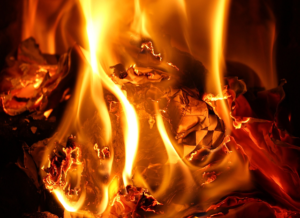
steel and it creates sparks. Hopefully the cotton catches, and then you can start a fire with it. Before the invention of matches, that was one of the best ways to start a fire. And fires were necessary for warmth, for cooking, and they were also used for ceremonies and rituals. I would love to see how fires were used 150 to 200 years ago.
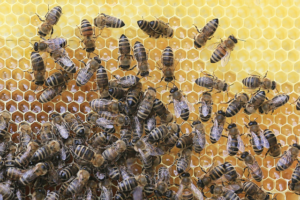
Beehives and Honey
After learning about fire we discovered some secrets of the beehive. Did you know that the drones, after they have finished fertilizing the queen’s eggs, are kicked out of the hive? They also do not have the ability to sting, so they are basically helpless out on their own. A queen bee becomes the queen after being fed royal jelly, which all the worker bees produce. Honey is used to make lotion, candy, lip balm, and has been used as a moisturizer for the face. It’s amazing to me how people used natural resources for things back then that we buy from the store now. Did they know something that we don’t know?
Victorian Underwear
Later on after lunch we participated in my two favorite sessions. The first one was the history of underwear. Super Stuffy and Bear Bear did not want to go, but I told them that they needed to see it, and when it was over they were both glad that they did. It focused mainly on the way that women dressed in the Victorian Era. The presenter showed us summer clothes, and the layers that the women wore back in that era makes me extremely grateful for how we dress today.
First Layer
The first layer that they wore was pantalets, or bloomers. That was the actual article of clothing that was against the skin of the lower body. It was a thin pair of pants that went down to just above the ankles. On the top was worn a shift, like an undershirt.
Second Layer
The next layer was made up of the corset on top and the hoop skirt on the bottom. I have always wondered why women subjected themselves to something like the corset, but its purpose was threefold. The first was to give the women support. It supported the breasts, and it also forced good posture.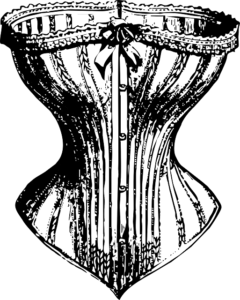
The second purpose was to smooth out the dress and skirts. With all of the layers that women wore, it diminished the look of bunches and wrinkles.
The third purpose for the corset was to create a thin waist. Women wanted a small waist, and so they used a corset to achieve it.
Corsets were not good for women’s health, however. Girls as young as 4 or 5 would start wearing corsets. This had the effect of deforming the rib cage so that the woman’s abdomen could no longer support her weight. Corsets also restricted breathing. It was said that if you could breathe or eat your corset was not tight enough. For this reason they had fainting couches and smelling salts.
The hoop skirt was made up of strips of metal in the form of a skirt. This had the effect of pushing the skirts out and up. It also made the skirts hang without wrinkles or bunches.
Third Layer
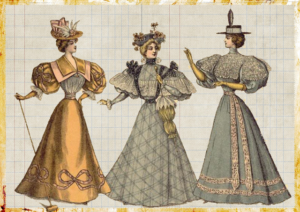 The next layer consisted of a corset cover and the petticoat. The petticoat hid the metal strips and also pushed the skirt out even more. The petticoat tended to be longer than the skirt of the dress so that as a woman walked, it would collect the dirt and dust instead of the dress. It was easily washable, whereas the dress could not be washed.
The next layer consisted of a corset cover and the petticoat. The petticoat hid the metal strips and also pushed the skirt out even more. The petticoat tended to be longer than the skirt of the dress so that as a woman walked, it would collect the dirt and dust instead of the dress. It was easily washable, whereas the dress could not be washed.
Why would a woman want to wear all of these clothes? Why was this the fashion? In the Victorian age, it was considered highly inappropriate to see a woman’s ankles or legs, and they wanted to cover up any curves beyond the hips. All of this clothing was to achieve this effect. To go without any of these articles caused a scandal. These fashions moved out of style beginning in World War 2, when women started leaving home and going to work for the war effort.
Pirates
Our final session of the day was the favorite, Captain Jack Sparrow. Based in Minnesota, he travels around teaching others the history of pirates. He dresses up exactly like Jack Sparrow and has the exact same mannerisms as Johnny Depp in the movies.
If you were to name the first pirate who came to mind, who would it be? More than likely you would name Blackbeard. He was an extremely successful pirate, not because he captured the most treasure, but because he knew the power of image. He would light fuses in his hair and beard so that he was covered with smoke. This would effectively frighten and intimidate those who came against him. A lot of the time they would just hand over their treasure without a fight.
He also knew the effectiveness of advertising. He would leave most of his victims alive to tell the story of meeting Blackbeard once they got home.
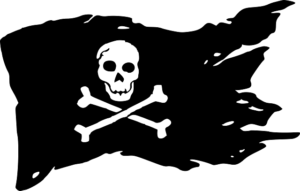 History has branded pirates as evil brigands. It considers them selfish, cruel, and portrays them as drunkards. But they did some wonderful things as well. Pirates in the Caribbean freed more slaves than Abraham Lincoln. They would intercept slave ships and free the slaves, giving them a choice to either join the pirate crew or put them on a boat to go home.
History has branded pirates as evil brigands. It considers them selfish, cruel, and portrays them as drunkards. But they did some wonderful things as well. Pirates in the Caribbean freed more slaves than Abraham Lincoln. They would intercept slave ships and free the slaves, giving them a choice to either join the pirate crew or put them on a boat to go home.
Rum
The last interesting thing we learned about was rum. Pirates of the Caribbean has portrayed rum as a “vile drink”, but it does have benefits.
Molasses is one of the main ingredients in rum. Molasses has all the vitamins and minerals you need for survival. After trying water, beer, wine, and other drinks, pirates discovered that rum is the only beverage that will not go bad after weeks of being stored in barrels.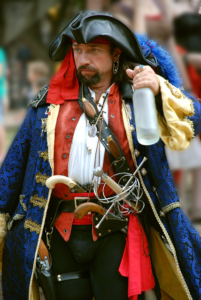
Rum also has the added benefit of giving a man strength and courage. During the Civil War, part of the soldier’s wages were paid in rum. It was the best drink for pirates and they used it to every advantage.
I have learned more history by reading stories and experiencing it for myself than I have ever learned in all my years of school from textbooks. Learning history should be enjoyable, and I want my children to love history. I will find as many ways as I can for my children to experience it, whether it is from hearing the stories of those who actually lived it, or visiting things like a living history fair.
What are some of the ways that your children learn history? Is it fun or is it something that you dread? Leave a comment and let’s have a conversation. 🙂
[wpforms id=”111″]
